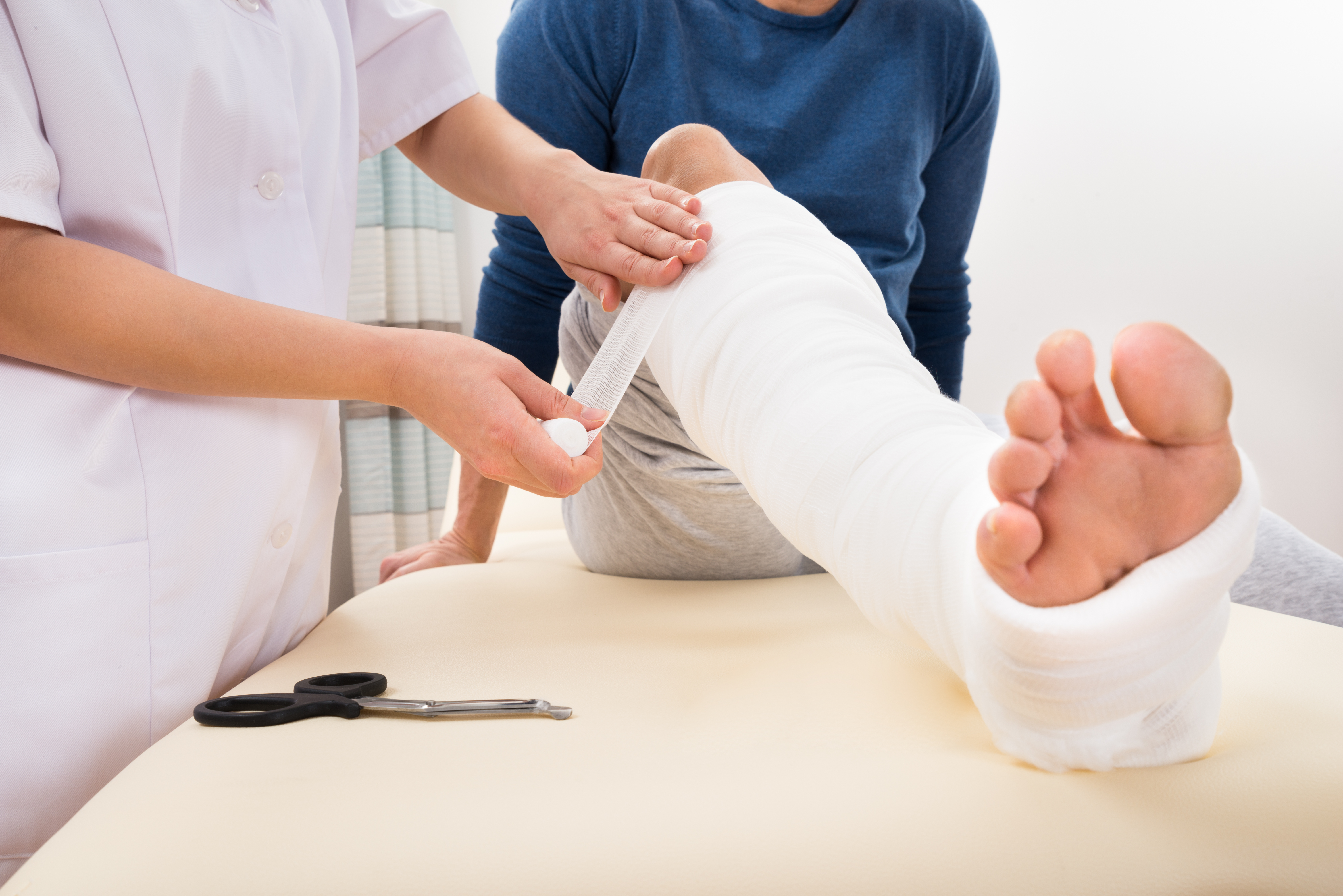DIAGNOSIS
Physician may do/request:
- History & Physical Exam
- X-ray
- CT Scan
- MRI
- Bone Scan
- Angiogram
RECOMMENDED MEDICATIONS
Medications:
Often requires emergency treatment at a hospital. If you think that bones may be broken in the back, neck, or hip, do not move the person; instead, call for emergency medical assistance.
Before transporting the person, protect the injured area to avoid further damage:
- Application of a splint which may be made of wood, plastic, metal, or another rigid material padded with gauze to the affected area to stabilize it; wrap splint with gauze or bandage.
- If bleeding is present, pressure must be applied before splinting and affected area must elevated.
Setting fractured in their proper place and held there in order to heal properly is called reduction. Doing so without surgery is “closed reduction.” Serious fractures may require open reduction — repositioning using surgery and devices such as pins, plates, screws, rods, or glue may be used used to hold the fracture in place. Open fractures must also be cleaned thoroughly to avoid infection.
After reduction, most fractures are immobilized with a cast, splint, or, occasionally, traction to reduce pain and help healing
Rehabilitation begins as soon as possible, even if the bone is in a cast. This promotes blood flow, healing, maintenance of muscle tone, and helps prevent blood clots and stiffness.
After the cast or splint is removed, the area around the fracture usually is stiff for several weeks with swelling and bumps which generally appear after a few weeks. Once the cast or splint is removed you should gradually begin using the area again. It may take another four to six weeks for the bone to regain past strength. Consult your doctor what activity type and intensity is safe for you, based on your fracture and overall health


